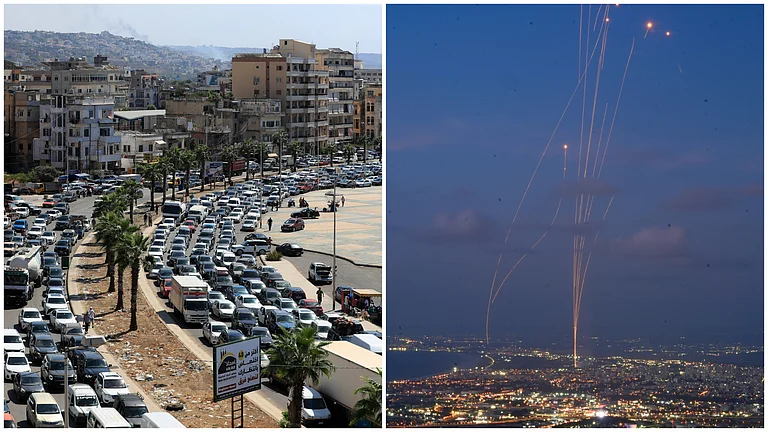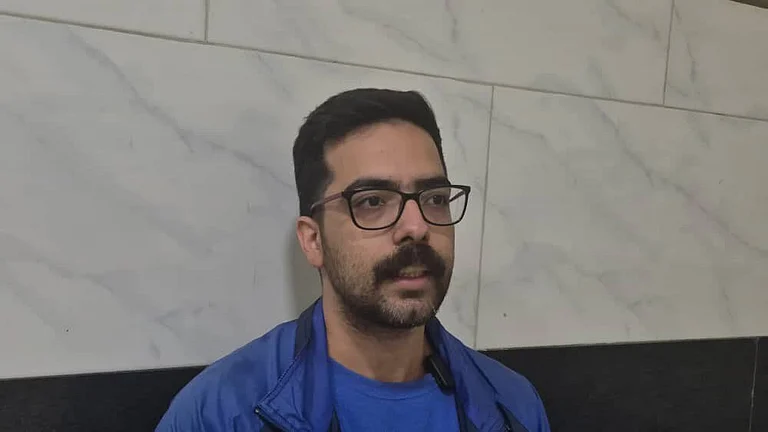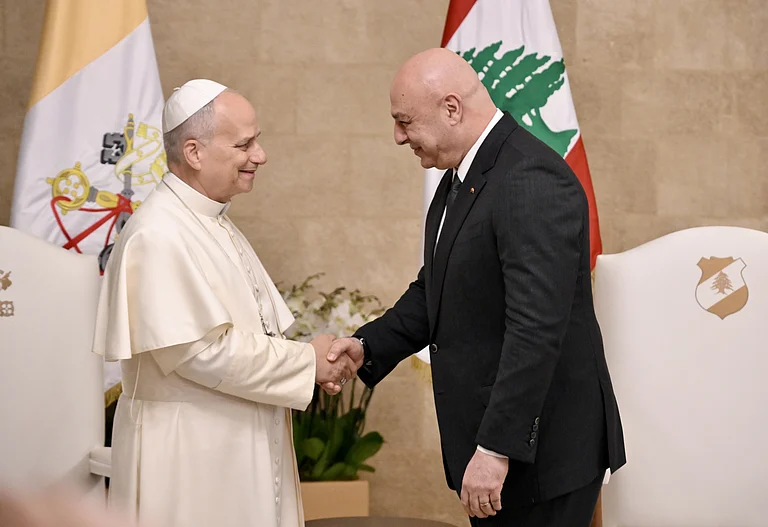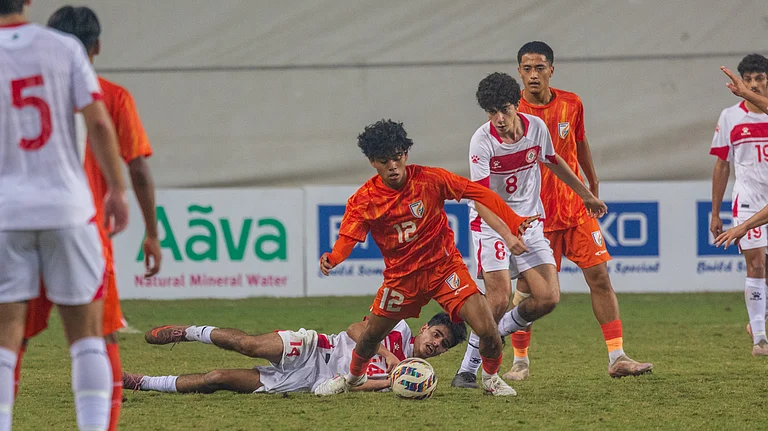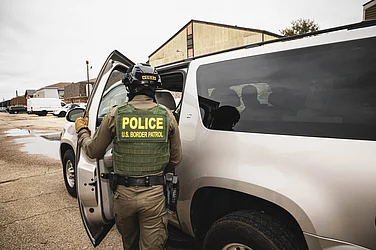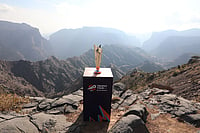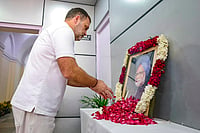“The symbol is gone, the legend is born, and the resistance continues” – Sleiman Frangieh, leader of Lebanese Christian party Marada
The top leader of Hezbollah, Hassan Nasrallah, was assassinated on September 27 when Israeli Air Force’s 119th Squadron of F-161 fighters dropped about 80 bombs (including US-made 5000-pound or 2,300kg of bunker-busters) over several minutes in the southern Beirut suburb of Dahiya. According to the New York Times, the explosions flattened six buildings in the Haret Hreik area of the capital’s busy Shia suburb while Hezbollah leaders were meeting at the headquarters beneath residential buildings. The most heavily armed non-state group in the world was caught completely unawares and incapable of firing back at the jets.
The Israeli military operation, codenamed ‘New Order’, caused 33 fatalities and about 200 injuries. Those killed along with Nasrallah included Ali Karaki, the Commander of Hezbollah's Southern Front; as well as Abbas Nilforoushan, deputy commander of Iran’s Islamic Revolutionary Guard Corps (IRGC) and commander of the Quds Force in Lebanon. The killing of Nasrallah, Hezbollah’s secretary general, is deemed a major setback for many anti-Israeli forces in the region, as the cleric also led Iran’s so-called ‘Axis of Resistance’ (Miḥwar al-Muqawamah) after the assassination of General Qassem Soleimani, Iran’s former IRGC chief. The ‘Axis’ is said to include the Islamic Resistance in Iraq, the Popular Mobilization Forces, the Syrian government, Lebanese Hezbollah, Yemen’s Houthi militants, Hamas and other Palestinian militant groups.
Nasrallah’s name now tops a growing list of top Hezbollah and Hamas leaders and commanders who have been tracked down and killed by Israel in recent months. The names include Ibrahim Qubeisi, a commander and leading figure in Hezbollah’s rocket division, killed on 24 September; Hezbollah’s operations commander Ibrahim Aqil, killed on September 20; Ahmed Wahbi (also killed on September20), who was Hezbollah’s top commander of the Radwan special forces in the Gaza war until early 2024; Nasrallah’s top commander Fuad Shukr (killed on July 30); Hamas leader Ismail Haniyeh (killed on July 31) in Iran; among many others. In fact, the recent rapid succession of strikes have eliminated half of Hezbollah's leadership council and decimated its top military command.
Nasrallah – the Help of God
For a jihadi leader opposed to Israel, Nasrallah (translated as ‘Help of Allah’) lived a relatively long life after becoming the head of the organisation in 1992. Under his command, Hezbollah not only mastered all forms of hybrid warfare, but also spread its tentacles into all aspects of Lebanese social and political life. To avenge the killing of his predecessor Abbas al-Musawi, who was assassinated in an Israeli helicopter strike, Nasrallah first ordered rocket attacks into northern Israel that killed a girl; then an Israeli security officer at the Israeli embassy in Turkey was killed by a car bomb; and later, a suicide bomber struck the Israeli embassy in Buenos Aires, Argentina, killing 29 people.
Nasrallah is also credited with turning Hezbollah into a military force stronger than the Lebanese army, bringing an end to internal strife in the country and becoming a powerbroker in Lebanese politics. He turned his organisation into a major provider of health, education and social services, and a close partner of Iran in its drive for regional supremacy. The cleric is said to have led Lebanese resistance that forced Israeli troops to retreat from southern Lebanon in 2000, even though he suffered a personal loss with the killing of his eldest son Hadi in a firefight with Israeli troops. Then in 2008, Nasrallah’s fighters occupied Sunni neighbourhoods of Beirut, only to withdraw after a new government effectively gave the Shia militia veto powers. The Shia cleric soon became a villain instead of an Arab hero when he sent thousands of fighters into neighbouring Syria to save the regime of Bashar al-Assad. In doing so, Nasrallah found himself at odds with Hamas, which backed the armed uprising against the Syrian regime. Ironically, his successful fight against Al-Qaeda and ISIS made Nasrallah a venerated figure among Lebanese Christians with the Christian Science Monitor reported in 2013 how “In a Christian home in a Shiite suburb of Beirut, images of Hezbollah leader Hassan Nasrallah share mantel and wall space with the Virgin Mary”. A bitter opponent of Israel, the West and the two-state solution, Nasrallah is also alleged to have made several anti-Semitic remarks in his speeches.
Greater Israel
However, Nasrallah’s assassination has laid bare the high level of infiltration of Israeli intelligence agencies into Hezbollah’s top echelons of power. This has restored somewhat the prestige of Israeli intelligence that was eroded during the unfortunate October 7 attacks last year and owing to the IDF’s inability to wipe out Hamas militants in Gaza since then. The mix of satellite, AI and human intelligence has allowed Israel to destroy Hezbollah’s weapons sites, booby-trap its communications (pagers, radios, mobiles and other electronic devices) and take out its top leaders whose whereabouts remained unknown for years. In fact, the face of future hi-tech, hybrid warfare is getting exposed right in front of us.
Israel’s actions come in response to the poorly reported barrage of missile strikes coming from Hezbollah-held territories in southern Lebanon deep into Israeli territories since October 8, 2023. These rocket attacks are said to have displaced at least 96,000 Israeli citizens living close to the Lebanese border and has started adversely affecting Israeli economy, with the country seeing a 96 per cent drop in tourism in September compared to the same period last year according to its tourism ministry. Ratings agency Moody's recently downgraded Israel's credit score from A2 to BAA1 for the first time in its history citing heightened geopolitical risks.
These strikes are also seen as natural precursors to Israel’s “planned land incursion” into southern Lebanon, which some of Israel’s detractors allege is part of the Jewish state’s larger design to realize Eretz Yisrael Hashlema (the so-called irridentist idea of Greater Israel), which is said to include all Palestinian Territories and even Lebanon. To back such claims, some commentators point to Rabbi Yitzchak Ginsburgh’s recent call for the conquest of Lebanon and the settlement of Southern Lebanon, and a Jerusalem Post article uploaded on 25 September in which Mark Fish supposedly surmises that the Creator had placed the land of Lebanon within the Promised Land of Israel. Curiously, the cited article could not be found on the newspaper website. Again, Israeli Premier Benjamin Netanyahu is said to have used a map during his UN speech in late September in which Gaza and the West Bank were made part of Israeli territory. It has also been alleged that Israel intends to provoke Iran by taking out Nasrallah in order to draw the US directly into the conflict against Iran and widen the war, thus shifting global media attention away from Israeli activities in the Gaza Strip.
In spite of such concerns, the causes and course of the ongoing conflict remain highly speculative. It is believed that Nasrallah’s maternal cousin Hashim Safieddin would take the helm of the organization, even though Naim Qasim presently remains the acting head. It is also believed that Hezbollah may not announce its new head for a long time, given the recent spate of assassinations. However, security experts believe that every setback gives birth to an even more radical breed of leadership in extremist organizations, and Hezbollah might not be immune to it. Even as Shia jihadist groups expand their influence in the Muslim world, the influence of Salafi terror groups like Al-Qaeda and ISIS continues to decline. However, persistent failures of these so-called resistance groups could cause internal dissensions and civil wars across the region and revive bitter Shia-Sunni sectarianism across West Asia. For now, the open support of Russia and China to Iran and its proxies makes the future of the conflagration even more worrisome.
(Dr Adil Rasheed is Coordinator of the Counter Terrorism Department and Research Fellow at the Manohar Parrikar Institute for Defence Studies and Analyses (MP-IDSA), based in New Delhi)








